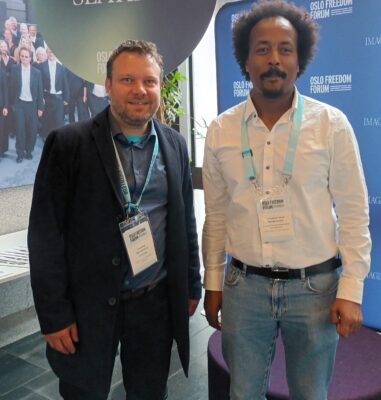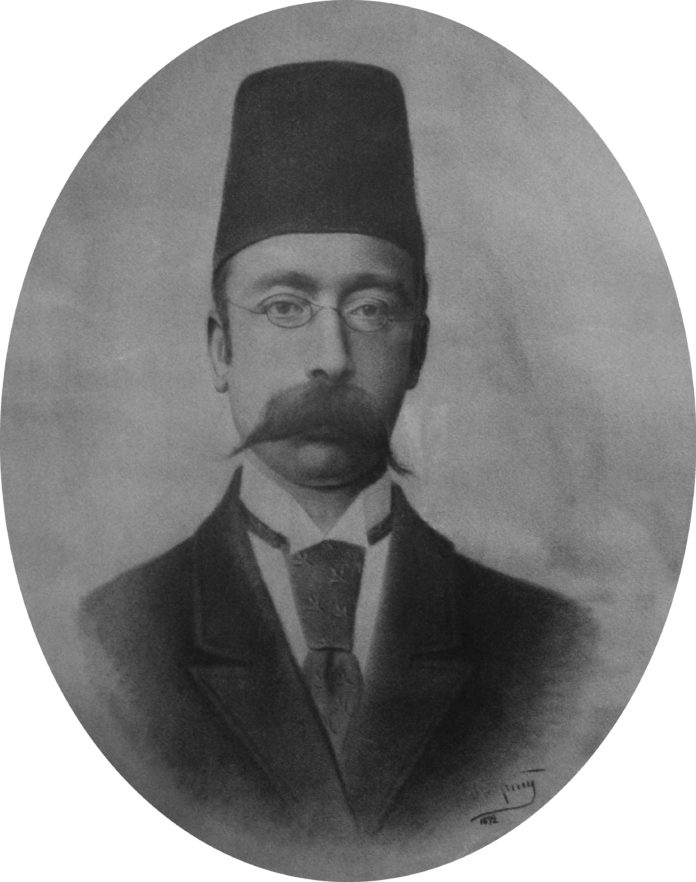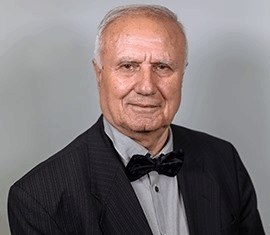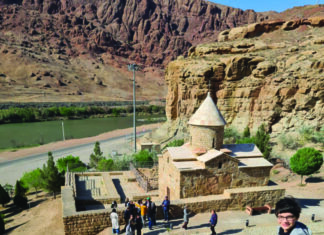By Naneh Hovhannisyan
Special to the Mirror-Spectator
Ever since the 2020 Karabakh War, there has been a pervasive stench of doom, defeat and despondency threatening to envelope us Armenians. A piece of news from Istanbul exacerbates it. Last year, a number of Armenian media outlets, as well as the Union of Journalists of Armenia, expressed concern over news that Istanbul’s Jamanak (Ժամանակ, pronounced ‘zhamanak’, i.e. ‘time’) is facing closure. For over a year, the newspaper’s editor-in-chief Ara Kochunian [Gochunian, Koçunyan] had been warning in a large number of diasporan and Republic-based media outlets that without wider support, it will only survive another year. The reasons are several: the current drastic fall of the Turkish lira, the decline of the number of Turkish Armenians who can read Armenian, and the general trend of shrinking print journalism.
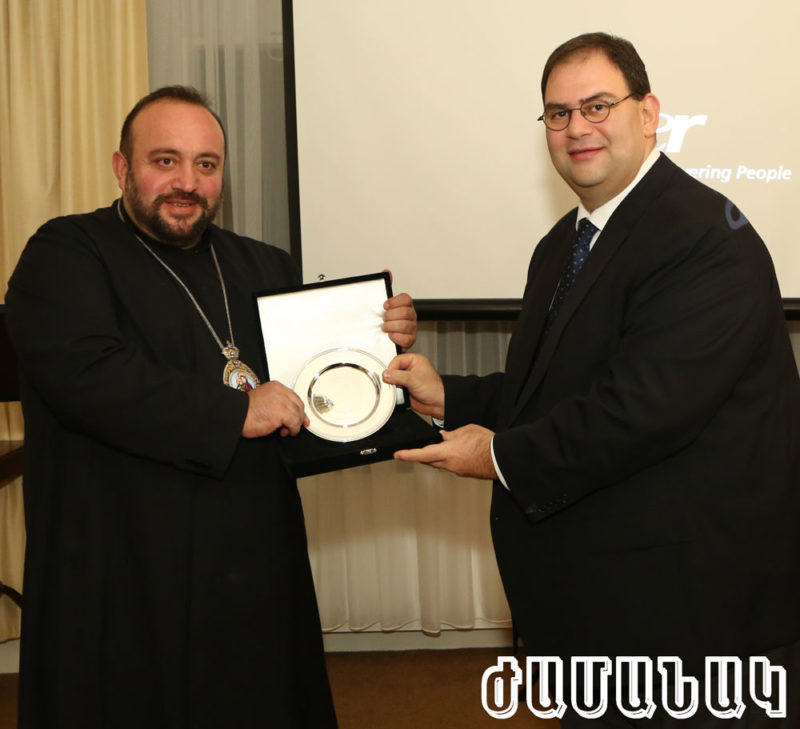
That print journalism is in peril everywhere, being subsumed by the digital is no secret, though mainstream outlets are able to extract subscriptions and attract online ads. That the years of official Turkification and discrimination have resulted in fewer and fewer Armenians able to read or write (Western) Armenian is widely known too. Finally, Turkey is indeed in bad economic shape with high inflation, a rising cost of living and depressed wages. Be that as it may, Jamanak, a victim to all the above factors, I argue, needs to be saved.
Let me declare my personal interest at the outset: a friend of mine writes for Jamanak, and a report of mine was once re-printed in it. Otherwise, I have no affiliation with or profit from Jamanak. Nevertheless, staying neutral as Armenians seems wrong. I feel compelled to highlight the story because after the past years’ loss upon loss of lives and land, of cultural heritage and international standing, of unity and stability, of dignity and autonomy, we all wish to see this ugly gush of nasty news turn around.
Jamanak should not be allowed to die, if only because, as the well-known writer and documentary-maker Tigran Paskevichyan wrote, more than a mere paper, “it is vivid proof of [our] intellectual heritage… a symbol of Armenian presence in Turkey.” Throwing his weight behind Kochunian’s plea, he argued that, though scant, assimilated, and estranged from its mother tongue, that community still matters. Allowing the closure of a paper here today, and a school there tomorrow, Paskevichyan cautions, we are paving the way for the community’s retreat to the extent that the [Turkish] state could one day say, “you haven’t been here, haven’t been seen round here.”
